What did they do?
Diageo upped marketing spend by almost 6% in the last year, driving strong growth for brands like Guinness and Johnnie Walker. Specifically, they increased marketing spend by 5.6% on an organic basis to £2.85bn in the 12 months to 30 June. The uplift follows a much more substantial 24.7% hike on investment in the same period a year earlier. This boost was steeper than normal as the company recovered from the pandemic.
The strategy underpinning all of this has been to “win with consumers” and mitigate the impact of higher prices in the face of inflation. The company indicated that, going forward into the near future, it will increase the absolute amount of advertising and promotional spending and maintain its reinvestment rate in the scotch business.
Diageo also detailed its “living and breathing” effectiveness culture, as a key driver of this success. Helping to enable the right level and mode of investment behind brands like Johnnie Walker. They have a bespoke efficiency tool call Catalyst to help on decisions of what and where to invest. They have been on a journey of effectiveness culture since 2021.
What happened as a result?
In terms of results, Investment in its brands helped the company post net sales of £17.1bn.
While this represented an organic increase of 6.5%, the company did see a slight decline in volume sales, which the company attributed in part to the impact of higher prices.
Johnnie Walker is now the world’s biggest international spirits brand by retail sales value. In a year where volume declined across the business, it grew organic volume 9% year over year, even against the strong comparator of the previous year.
And a bit closer to home, the company claimed Guiness has had its “best year” since they began tracking it. In Europe specifically, it grew net sales by 20%. Despite its premium positioning and association with the pub and on-trade, Guinness is now the number one beer by volume in the off-trade on the island of Ireland.
So, what can we take from this?
This only outlines the need for investment in marketing exposure to strengthen brand equity in times of inflation and higher prices.
Brands that are top of mind, translates to brands that are tip of tongue at the point of purchase.
From a theory perspective (so you know im not making stuff up!), the idea of investment in marketing during challenging times has been well researched and covered.
Most notably by marketing consultant, Peter Field here.
Here are some key takeaways from this work that applies to brands unsure of what to do:
- Do not hit the panic button and withdraw brand advertising, unless short-term survival depends on it.
- Resist the pressure to switch advertising spend from brand solely to activation – it makes very little sense to do so, even in the short term. Customers, in many cases are not reluctant to buy, they are unable to buy.
- If the resources can be found, aim to maintain your share of voice, ideally at least at the level of your market share, where SOV equals SOM. You may even be able to reduce your budget if others are cutting theirs but be ready to adapt quickly to developments. You will need to monitor competitive activity regularly.
- If the resources can be found, consider the opportunity to invest in lower-cost long-term growth by increasing share of voice during the recession.
In summary, the Diageo story is only another example of why marketing needs to take centre stage as a driver of business growth and build market share through a balanced mix of brand building and sales activation.





